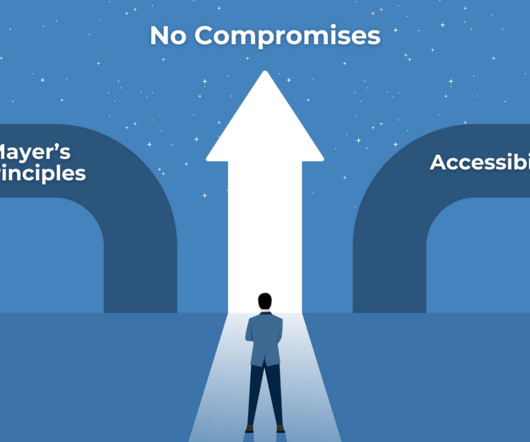Education Balancing Act: Asynchronous, Synchronous, and Blended Learning
Association eLearning
MAY 28, 2015
Synchronous. Synchronous refers to eLearning offerings where you participate as part of a group and everyone in the group needs to be logged in at the same time. No one readily available to answer questions. The scheduling flexibility can lead to procrastination. Live webinars and virtual classrooms are both great examples.









































Let's personalize your content